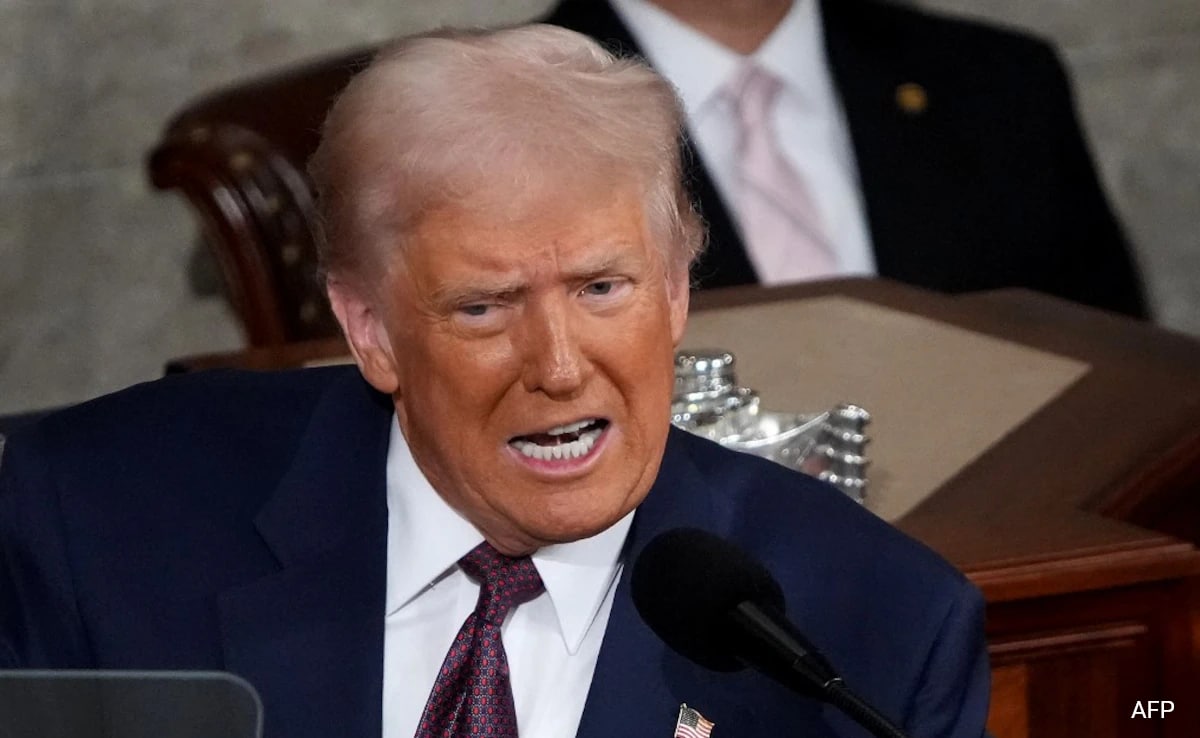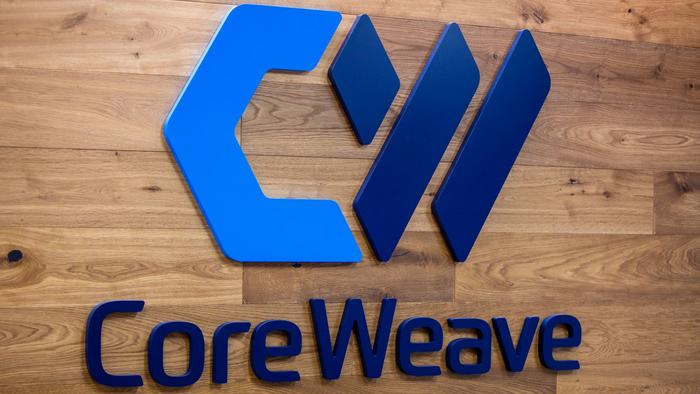Analysis Of Trump's "Golden Dome" Missile Shield Proposal

Table of Contents
Technological Feasibility of Trump's "Golden Dome"
Current Missile Defense Technologies and Their Limitations
Existing missile defense systems, such as the Terminal High Altitude Area Defense (THAAD) system and the Aegis Ballistic Missile Defense System, offer varying degrees of protection. However, they face significant technological challenges:
- Limited Range: Current systems have limited interception ranges, leaving many areas vulnerable.
- Accuracy Issues: Precisely targeting and intercepting fast-moving ballistic missiles remains a challenge.
- Hypersonic Weapon Vulnerability: Existing systems struggle to effectively counter hypersonic weapons, which travel at many times the speed of sound, making interception extremely difficult.
The "Golden Dome" concept, implying a near-perfect defense, represents a significant leap beyond the capabilities of these current systems. Realistically achieving such a level of protection would require unprecedented technological breakthroughs.
The "Golden Dome" Concept: Capabilities and Challenges
The "Golden Dome" proposal, while lacking precise technical specifications, envisions a layered defense system likely incorporating various technologies:
- Space-Based Sensors: Advanced satellites to provide early warning and tracking of missile launches.
- Ground-Based Interceptors: A network of land-based missile interceptors with significantly extended range and improved accuracy.
- Laser Weapons: High-energy lasers capable of destroying missiles in flight.
However, realizing this vision would require overcoming formidable technological hurdles:
- Miniaturization of Space-Based Sensors: Packing powerful sensors into small, lightweight satellites suitable for launch and deployment.
- Development of Advanced Interceptors: Creating interceptors capable of reliably engaging hypersonic weapons.
- Powering and Deploying Laser Weapons: The energy requirements for effective space-based lasers are immense, presenting a significant engineering challenge.
The feasibility of the "Golden Dome" requires a critical assessment of these technological challenges and whether they can be overcome within a reasonable timeframe and budget. Further research and expert opinions, particularly in areas such as directed energy weapons and hypersonic missile defense, are needed to accurately gauge its potential.
Economic Considerations of the "Golden Dome" Missile Shield
Estimated Costs and Budgetary Implications
The cost of developing, deploying, and maintaining a "Golden Dome" missile shield would be astronomical. While precise figures are unavailable, estimates for similar large-scale defense programs run into hundreds of billions, if not trillions, of dollars.
- Research and Development: Billions would be needed for basic research, prototype development, and rigorous testing.
- Deployment and Infrastructure: Significant investment would be required for new launch facilities, sensor networks, and command-and-control systems.
- Ongoing Maintenance: The operational costs, including satellite maintenance, interceptor refurbishment, and personnel, would be substantial and ongoing.
Comparing this potential expenditure to other major defense projects reveals its immense scale and potential strain on the US budget.
Economic Efficiency and Cost-Effectiveness
The economic viability of the "Golden Dome" is debatable. While proponents argue it's a worthwhile investment for national security, critics question its cost-effectiveness.
- Arguments for: The proponents claim that a robust missile defense system would deter potential adversaries and protect vital assets.
- Arguments against: Opponents point to the high cost and argue that investing those funds in other areas like diplomacy, cybersecurity, or conventional military modernization might provide a better return on investment.
The opportunity cost must be considered. The resources allocated to the "Golden Dome" could be used to address other pressing national security challenges, making a thorough cost-benefit analysis crucial.
Geopolitical Ramifications of Trump's Missile Defense Plan
Impact on International Relations
Trump's "Golden Dome" proposal has significant geopolitical implications, particularly for relations with Russia and China. The deployment of such a system could:
- Trigger an Arms Race: Other nations might perceive the system as a threat and accelerate their own weapons programs, leading to an escalating arms race.
- Increase International Tensions: The "Golden Dome," even if fully effective, would likely be seen as a provocative move, potentially destabilizing the existing geopolitical balance.
- Undermine Arms Control Treaties: The development and deployment of such a system could undermine existing arms control treaties and agreements, further complicating international relations.
Strategic Implications for US Foreign Policy
The "Golden Dome" could dramatically alter US military strategy and foreign policy:
- Shift in Alliance Structures: The perceived level of protection offered by the system might influence alliances and partnerships, potentially altering the strategic landscape.
- Changes in Foreign Policy Priorities: A focus on missile defense might shift resources away from other foreign policy priorities, potentially impacting responses to regional conflicts or humanitarian crises.
Conclusion: Assessing the Future of Trump's "Golden Dome" Missile Shield
Our analysis reveals significant challenges regarding Trump's proposed "Golden Dome" missile shield. While the concept aims for complete protection from ballistic missile attacks, the technological feasibility, immense economic costs, and potential destabilization of international relations raise serious concerns. The technological hurdles are substantial, requiring major breakthroughs in various fields. The economic burden could be crippling, diverting resources from other essential defense and national security priorities. Finally, the geopolitical ramifications are significant, potentially triggering an arms race and heightening international tensions.
While a robust missile defense system is a legitimate element of national security strategy, the "Golden Dome" proposal, as currently conceived, appears to be an unrealistic, overly ambitious, and potentially destabilizing venture. Further research, open public debate, and critical assessments are crucial to evaluating alternative approaches that offer a more balanced and effective approach to missile defense. We encourage you to delve deeper into this complex issue by researching the proposal in detail, exploring articles on related topics such as hypersonic weapon defense and space-based missile defense, and forming your own informed opinion on Trump’s “Golden Dome” missile shield proposal and its implications for US national security.

Featured Posts
-
 Tuesdays Core Weave Crwv Stock Decline A Detailed Explanation
May 22, 2025
Tuesdays Core Weave Crwv Stock Decline A Detailed Explanation
May 22, 2025 -
 Lindsi Grem Ta Sanktsiyi Proti Rf Senat Na Porozi Vazhlivogo Rishennya
May 22, 2025
Lindsi Grem Ta Sanktsiyi Proti Rf Senat Na Porozi Vazhlivogo Rishennya
May 22, 2025 -
 Examining The Golden Dome Trumps Vision For Missile Defense
May 22, 2025
Examining The Golden Dome Trumps Vision For Missile Defense
May 22, 2025 -
 York County Pa House Destroyed In Two Alarm Fire
May 22, 2025
York County Pa House Destroyed In Two Alarm Fire
May 22, 2025 -
 Liverpool Awaits Klopp Managers Return Before Seasons End
May 22, 2025
Liverpool Awaits Klopp Managers Return Before Seasons End
May 22, 2025
